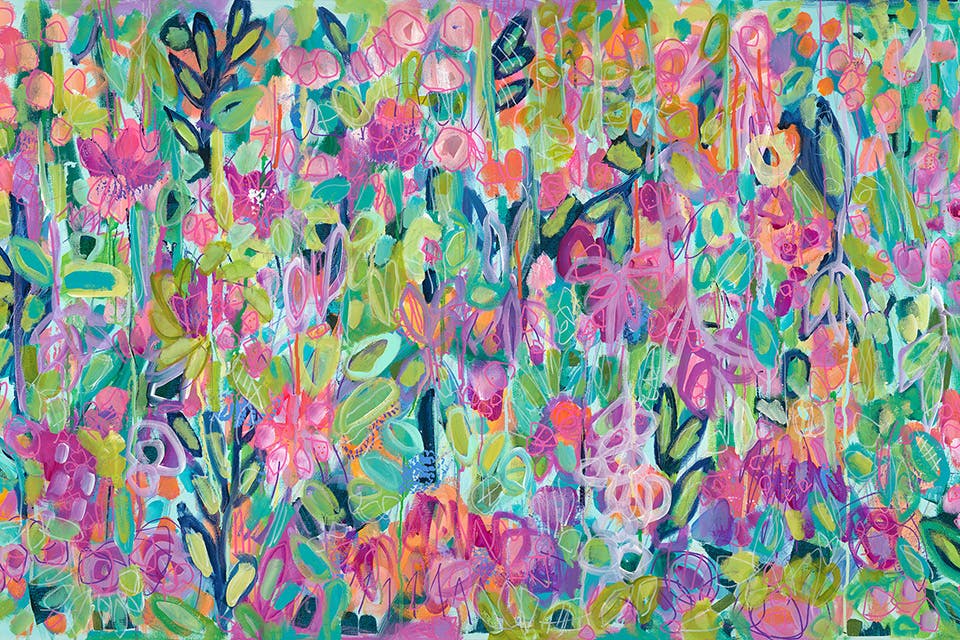Related Articles

Why You’ll Love the Reimagined Cleveland Museum of Natural History
A massive overhaul of the University Circle institution transforms the visitor experience, telling the story of Earth in a building that reflects the natural history of northeast Ohio. READ MORE >>

How Josh Dickerson Became Owner of the House From A Christmas Story
The managing partner shares his perspective on the Cleveland home’s evolution from upstart tourist attraction to beloved holiday landmark. READ MORE >>

Flowers Power Alisa H. Workman’s Beautiful Paintings
The southwest Ohio-based artist embraces spontaneity in creating her floral-inspired canvases. READ MORE >>


